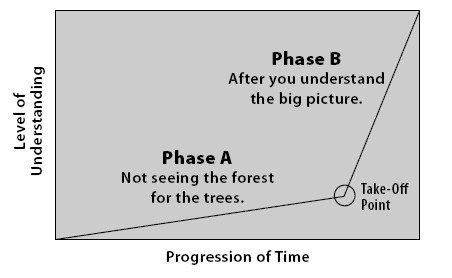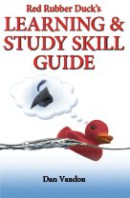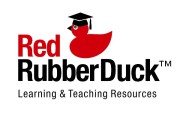
How do you get the
Message across to your Students?
Successful teaching requires your students to have not only an interest in a subject but also an expertise in studying and learning skills. For that reason, I suggest taking the time to teach your students some simple but highly effective studying and learning techniques.
By DAN VANDON
In my book, Red Rubber Duck’s Learning & Study Skill Guide, I focus on three important tools that I consider to provide the basic skills in the art of studying and learning: the Association Tool, the Big Picture Tool, and the Structure Tool. To give you an idea of what these tools can do for your students, let me offer a peek at the Big Picture Tool. This tool is about looking at information from a bird’s-eye perspective and developing an overview—understanding the basics of a subject before adopting a deeper, more detail-oriented perspective. It’s basically about avoiding that overwhelming phenome- non of not seeing a forest for all the trees. My experience is that understanding and applying the Big Picture Tool is of paramount importance for being both a successful student and a successful teacher.
When I look back at my own studies, I often see that new information was not presented from the big picture perspective. Instead, I was exposed to unrelated parts,
which were not presented as parts of anything bigger. No overriding structures or detail-embracing and umbrella-like concepts were explained. (Yet, to be fair, I didn’t look for the big picture
myself, either.)
Consequently, my journey for knowledge was difficult or impossible at those times—too many pieces of the puzzle to see the picture.
It’s a bit of a tragedy that some of those teachers whose classes I attended were truly desperate to make their students understand. If only they hadn’t started off using a purely detail-oriented,
specialist’s-perspective teaching style right from the first class. Maybe it was their way of demonstrating how much they expected from their students. Maybe they were not aware of the importance of
the big picture perspective for their students.
My experience also tells me that most students are indeed willing to invest time and effort into their studies. But many lose interest too early if they can’t relate the details to a big picture
they’ve never been exposed to. Such classes often appear as if neither side can communicate with the other, and bad exam results are the ultimate consequence. As a result, students blame their
teachers (“The guy simply can’t explain!”) and teachers blame their students (“They’re lazy, uninterested, unwilling, and undisciplined!”).
Again, these comments are from my personal experiences—many years of formal studies in different fields, educational centers, and countries. What I can conclude from them is that whenever the teacher
took time to start with the big picture, I found the learning process incredibly easier, especially in new fields of study. And if I had known and understood the Big Picture Tool, I could have taken
that part of the process into my own hands.
If you are in a teaching role, what does all this mean for you?
My first recommendation is that you incorporate an element of preview into your teaching style, especially when you start off teaching information that is new to your students. Regardless of your
students’ level of expertise in the subject, you should first try to give them an idea of the “whole thing” before you deal with the details.
Second, teach your students how to look at information from a bird’s-eye perspective and how to develop an overview.
Doing so will make getting the subject message across to your students much easier.




